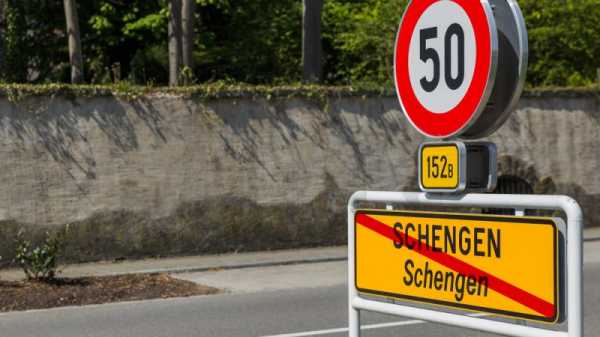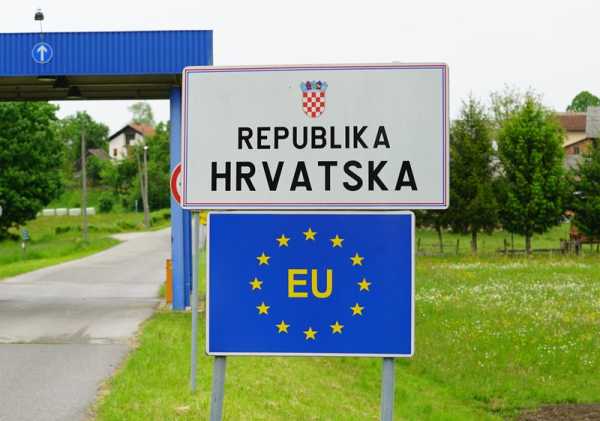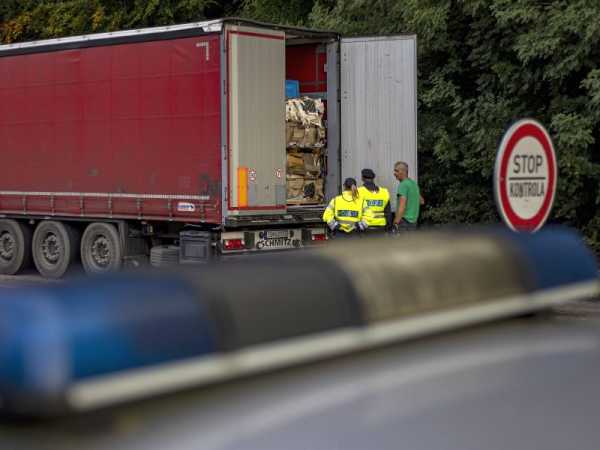
The latest migration wave is pushing several EU countries to reintroduce border controls, prompting adjacent states to do the same, with Slovenia now considering reintroducing checks at southern crossings as neighbouring Croatia prepares to join Europe’s increasingly limited borderless Schengen area.
Slovenia is preparing to reintroduce police border checks after Croatia joins the Schengen zone, fearing that illegal migrants may become stuck in Slovenia because of police checks in Austria, Foreign Minister Tanja Fajon said on Monday.
Croatia is envisaged to join the borderless Schengen area from 1 January 2023, pending the final confirmation of EU leaders in December, making its border with Bosnia and Serbia the new external Schengen border.
Zagreb has faced continuous allegations of violence at its borders, with human rights activists recently last week saying the practices, illegal under international law, continue.

Croatia must enter Schengen to protect migrants rights, MEPs say
Lawmakers in the European Parliament overwhelmingly endorsed Croatia’s accession to the Schengen area on Thursday (10 November), arguing that such a move would help improve the protection of migrants’ human rights at the EU’s external borders.
While Slovenia has previously said that the very fabric of Schengen was in danger due to police checks on internal borders, an example being Austria’s police checks on its border with Slovenia since the migrant crisis of 2015, the country is now ready to add checks of its own.
“Now, with Croatia joining Schengen, we do not want Slovenia to become a pocket due to increases in migrants and refugees,” Fajon said after Monday’s Foreign Affairs Council session.
“Slovenia is ready to introduce internal controls the next day, week or months, whenever necessary”, the social democrat politician added.
The latest data by Frontex shows that the number of illegal crossings of the EU’s external border in the first ten months of this year had grown by 73% compared to the same period last year. The Balkan route, of which Slovenia is a part, remains the main entry point.
Fajon said she had been telling her EU counterparts that clear rules needed to be set within Schengen and internal controls curbed when they are not truly necessary. The reform, which has been in the works for years, must finally take place, or else Schengen will be in serious danger.
Slovenia is the latest of the frontline countries on the Balkan route to face the decision whether to shut borders to curb migration after its neighbours have done the same.
Last week, Slovakia put pressure on the Czech Republic to ease border controls since 29 September at entry points along the 252 km border to deter migrants from travelling on foot or being smuggled in vehicles.
Prague put the checks in place after seeing a 12-fold rise, to 12,000, in the number of detentions of illegal migrants so far in 2022, often causing hours-long delays in traffic.
This month, the Slovak government installed a 16-tent camp in Kuty, a border town, to manage the flow of migrants getting stopped by the controls.

Czech border controls blocking migrants' route to Germany frustrate Slovakia
Slovakia on Thursday (10 November) stepped up pressure on the Czech Republic to ease border controls in place for weeks to combat an increase in the number of migrants, mostly from Syria, who are heading to Germany and Western Europe.
Meanwhile, voices in Slovakia are pushing for the government in Bratislava to follow suit and close its borders with southern neighbour and Schengen member Hungary.
“We should have closed the borders with Hungary a long time ago,” National Council Speaker Boris Kollár said, noting that “here, migrants roam the fields like mice”.
Tmainlyhe external Schengen border between EU-member Hungary and non-member Serbia is where many migrants, the vast majority of whom are Syrians, heading mainly to Germany, cross into the bloc before passing through Slovakia and onto the Czech Republic, authorities say.
(Sebastijan R. Maček | Sta.si)
Source: euractiv.com



